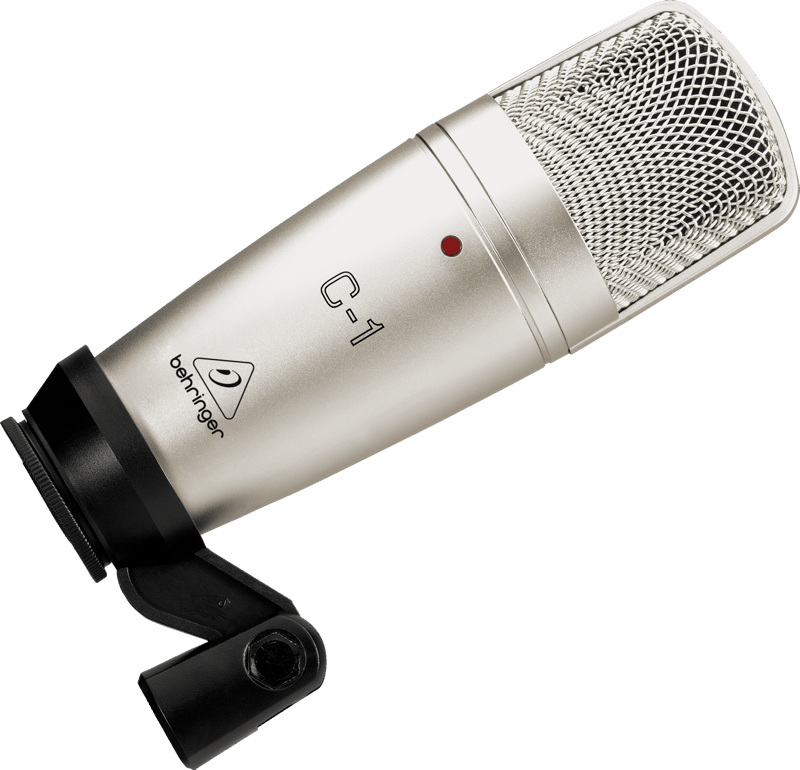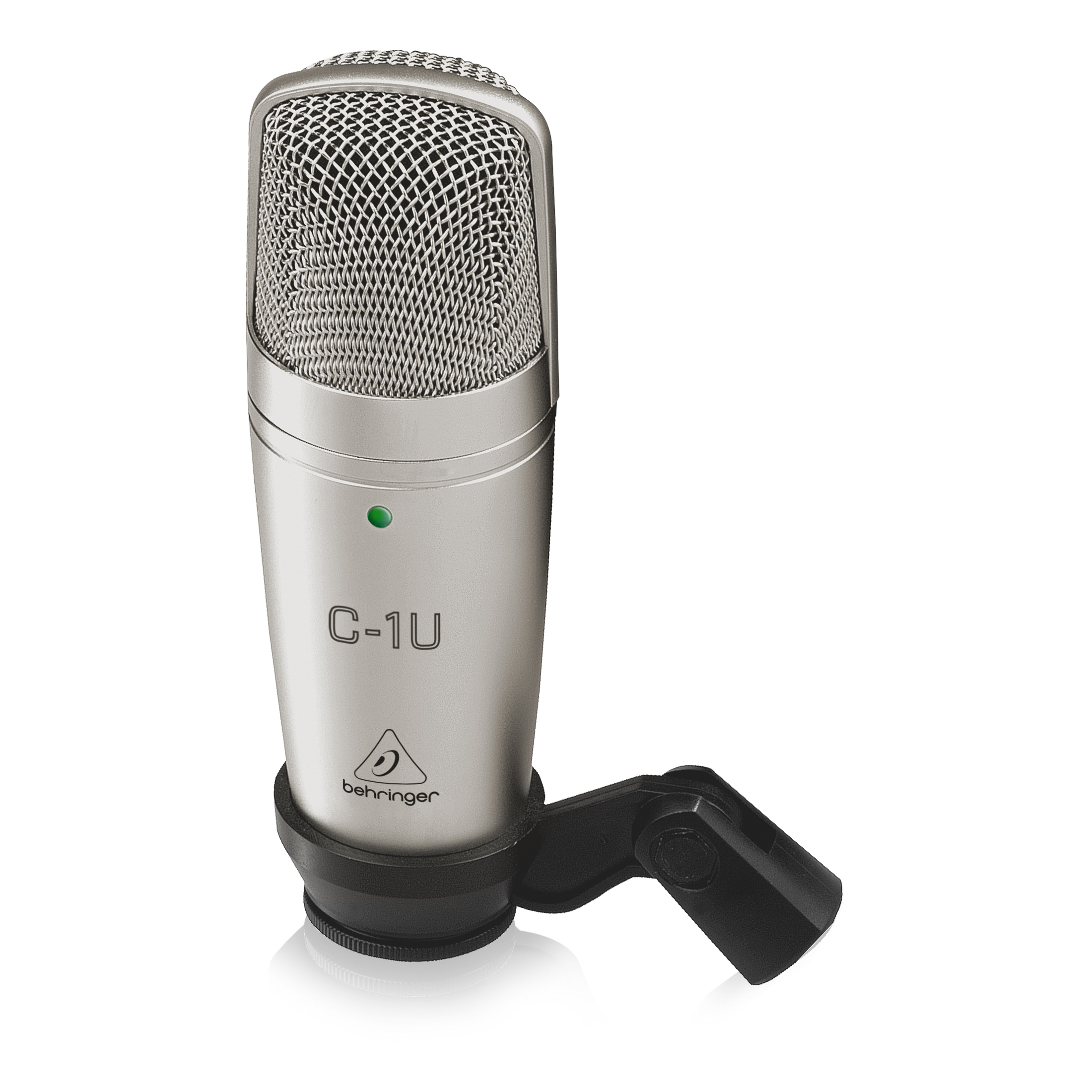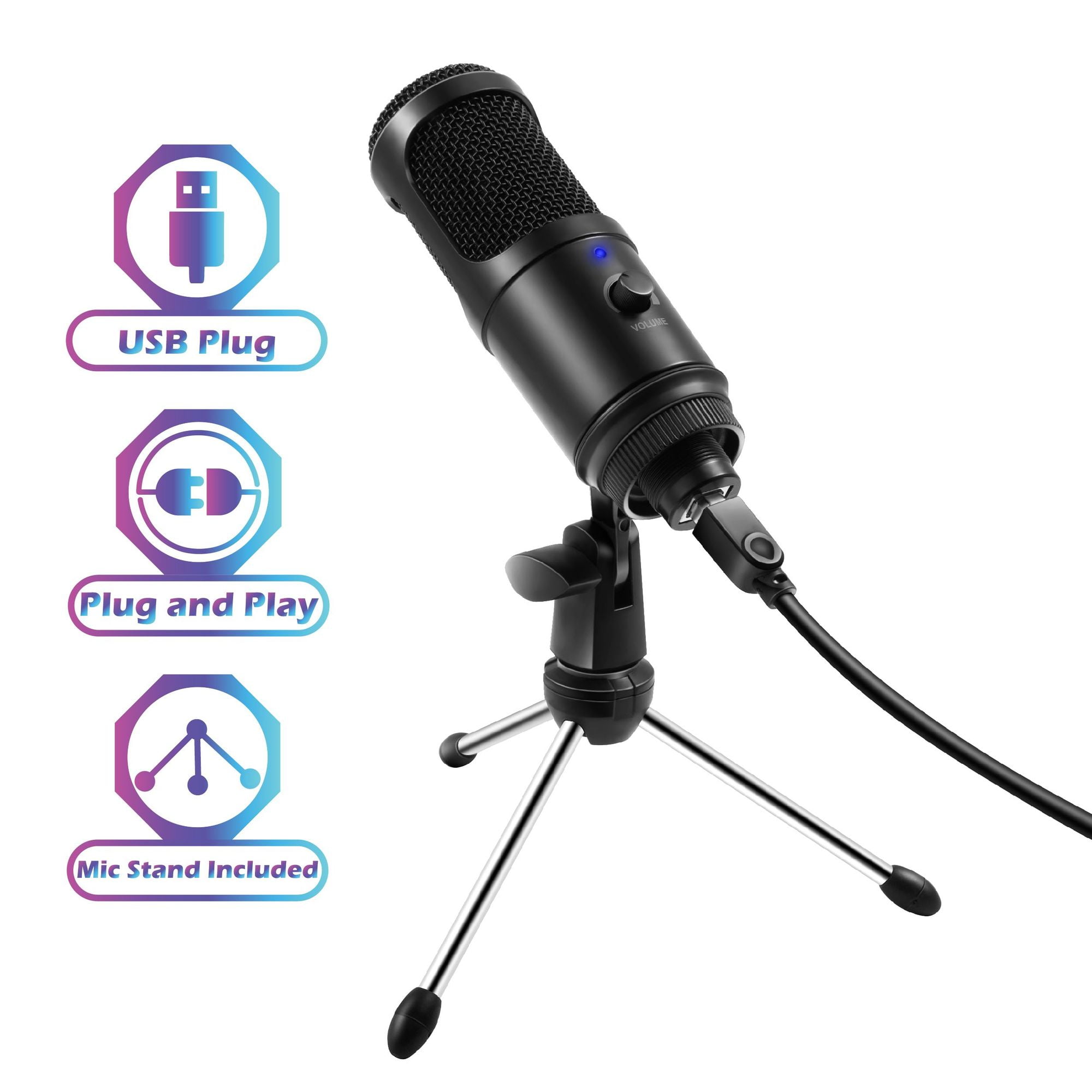

8 direct outs allow easy connection to most DAW interfaces for recording.
Light compressor microphone Bluetooth#
Modern features such as Bluetooth allow seamless connection to almost any "smart" device. This amazingly versatile mixer is at home both in the studio as well as live applications.

The PV 14 BT includes 8 channels of reference quality mic preamps, 8 direct outputs for recording, a stereo channel, media channel with Bluetooth® wireless input, high quality digital effects with LCD display, streaming USB out, MP3 playback via USB A input, Peavey's exclusive Kosmos® audio enhancement, 48-volt phantom power, dual selectable control room outputs, 4 channels of compression, one channel of on board selectable guitar preamp, 3-band EQ per channel with bypass, channel mute buttons, aux send, signal clip indicators, and a stereo master LED meter bridge.
Light compressor microphone series#
The all new PV® series mixing consoles include Peavey's reference-quality mic preamps that spec in at an incredible 0.0007% THD, making the PV series mixers excellent for live or recording applications.

Often the sound quality is better than that of a dynamic microphone.Introducing the next level in world-class non-powered mixer performance. The sound produced from a condenser microphone can be described as being crisp, clear and detailed. They should be avoided when dealing with high sound pressures, such as that created from a kick drum. Cheaper models can produce a small amount of noise from the electronics.Ĭondenser microphones are more expensive than dynamic microphones but are more suitable for capturing the sounds of acoustic instruments and vocals due to their high sensitivity.They are more complex than dynamic microphones and tend to be more adversely affected by extremes of temperature and humidity.There is a limit to the maximum signal level the electronics can handle.Key disadvantages of a condenser microphone: Condenser microphones can be small in design.Easy to obtain a flat frequency response and extended frequency ranges.The diaphragm assembly is light compared to that of dynamic microphones, hence it is more efficient at moving and is capable of capturing a range of high frequencies.Key advantages of a condenser microphone: Phantom power is usually provided by the mixing console/audio interface. Most condenser microphones can operate with phantom power voltages ranging from 11 to 52 Volts. This latter method is known as phantom powering. The current usually provided either by a battery or is sent down the microphone cable itself. To obtain a signal, condenser microphones require an electrical current to charge the plates. Figure 2 - A diagram showing how a diaphragm and backplate create a capacitor It is the variation of the spacing, due to the motion of the diaphragm relative to the fixed backplate, which produces the electrical signal corresponding to the sound picked up.

When a sound wave hits the diaphragm, the distance between the two plates changes which produces a change in an electrical characteristic called capacitance. Figure 1 - Typical Condenser Microphone in a shock mount holderĬondenser microphones use a pair of charged metal plates, one fixed (the backplate) and one movable (the diaphragm), forming a capacitor. Condenser microphones operate on an electrostatic principle, using charged metal plates to help generate sound.


 0 kommentar(er)
0 kommentar(er)
